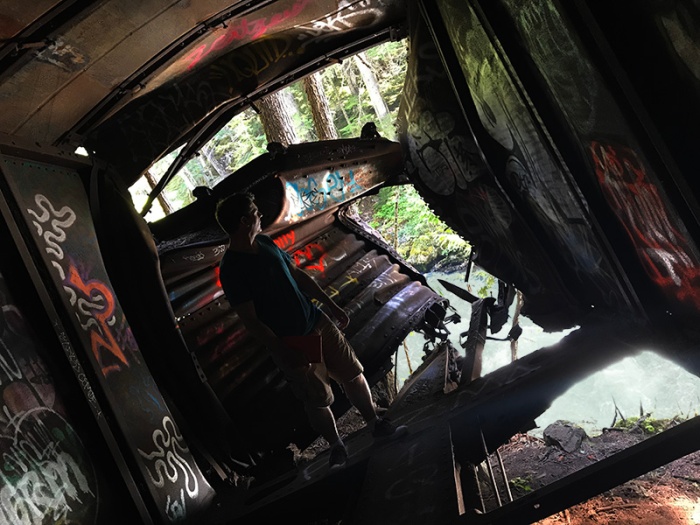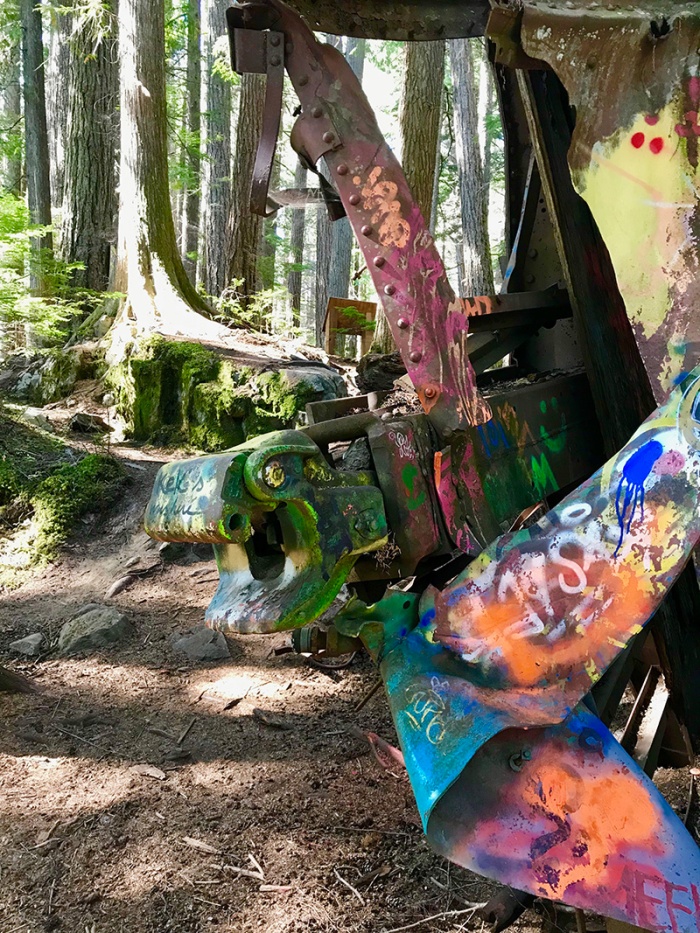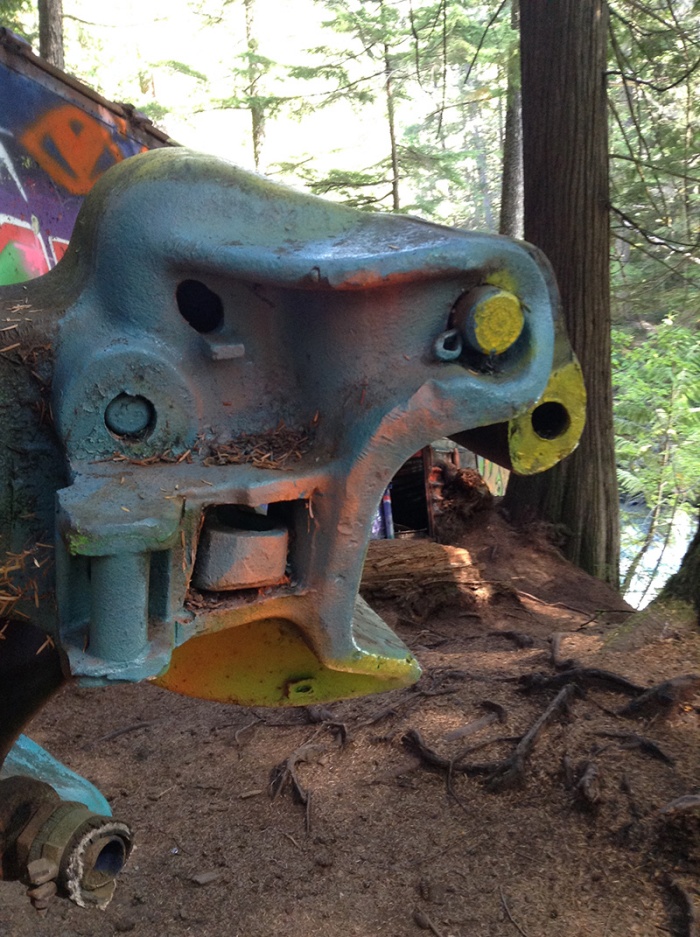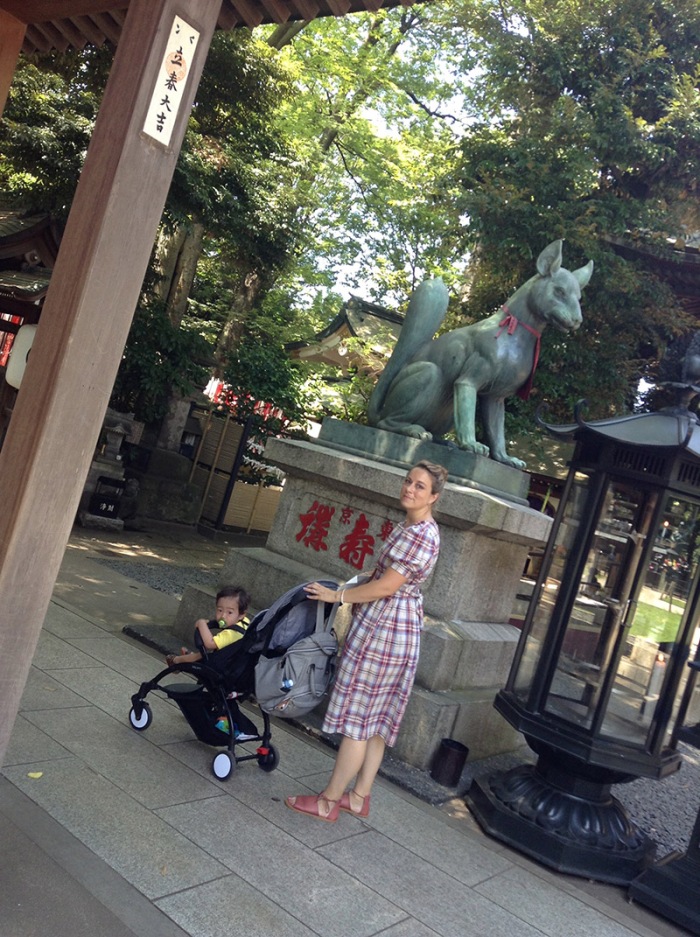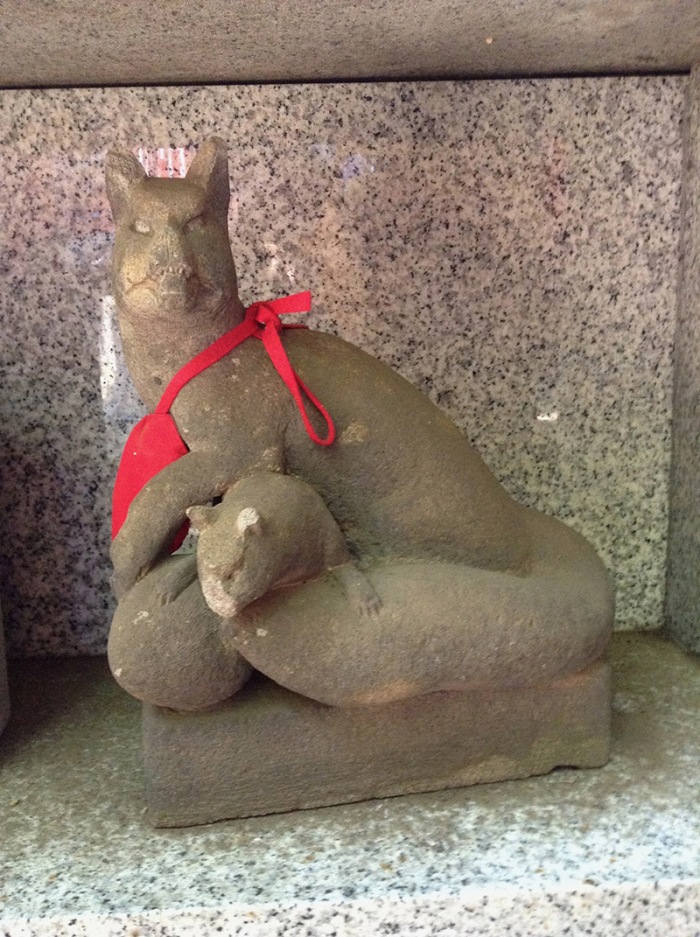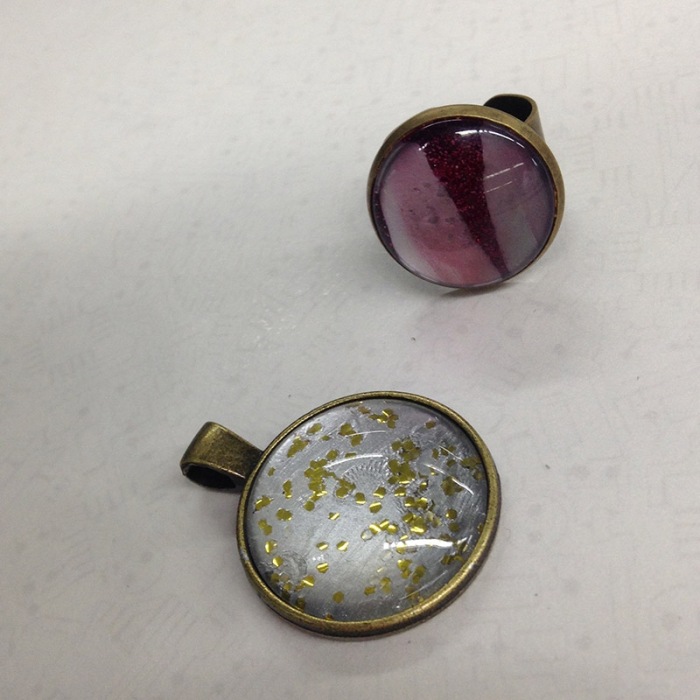Inspiration is everywhere. Sounds cliché, right? Or perhaps trite or obvious—but I think the thing that a lot of people miss is that inspiration floating around everyone is pretty much useless unless you train yourself to pay attention to it and (most importantly in my opinion) record it.
It’s something that I didn’t always realize. Back when I had a 9 to 5 job working as a graphic designer, I’d race home after work and write and draw. Evening and weekends; these were my blocks when I could truly be creative and do what I want.
But now that I’ve been a self-employed writer and specialized arts educator for the last fifteen years, I’ve learned that I need to be in-tune 24-7.
To put it simply, working in a creative profession means I am alwaysworking. That doesn’t mean I’m forever hunkered down over a computer or notebook. It simply means my antennae are always circling, waiting to pick up the signals that are floating around out there.
I guess what I’m saying is that this was something I didn’t always conscioiusly realize. Or it didn’t come naturally to me. I had to train myself to, first, pay attention and, second, make sure I documented what caught my attention.
I realize this same problem in many of my students. Whether they are in elementary school, high school, or university, so many of them are extremely well-trained to think in “blocks: This is math block, this is writing block, this is history block. Yes, some of those blocks aren’t your passion and you just want to survive the hour or so that you are locked inside of them. But there are other blocks that should needle your passions! Those passions should ooze out of their confinement and seep into every aspect of your life. Being a writer (or an artist, or an actor, or a . . .) means thinking like one all the time.
To some people, this comes naturally! But, as I mentioned above, I was one of those people who came from an exceedingly practical background. Maybe it’s the case with many of my students.
That’s why I now carry my notebook (or, as I call it, my brainstorming book) with me everywhere. I have specific books for specific projects, but often things that are unconnected to that project (or at least SEEM like they might be unconnected) go in there.
I only have one criteria for recording something: it interests me. Most of the time, I don’t know what it is about something that grabs me—just that it does. In those cases, I photography, draw, and scribble notes. That means those ideas are waiting for me in the future. It might be a week down the road. Maybe a month. Perhaps years. Or, quite possibly, NEVER. But I’ve learned to honor the process, not the result.
Vacation/smacation
All of this is to say, when my family was on “vacation” a couple of weeks ago in Whistler, BC, and we learned about the famous Whistler train wreck, my Spidey-senses perked up. I knew I needed to grab my sketchbook and my camera and head there.
(Also, I tend to now just call all vacations “inspircations” because it is impossible for me to go anywhere and NOT be inspired.)
About the trainwreck
Just south of the resort town of Whistler, not so deep in the forest, is the site of a train wreck that occurred on August 11, 1956. The train had started in Lilloeet, 130 km north of Whistler and was bound for Vancouver with a load of lumber. The train was behind schedule, so was going twice its speed to make up time. When it arrived at a narrow passage carved in the rock with a sharp curve at one end, one of the engines jumped off the track. Twelve boxcars in total were derailed.
The clean up took a long time, and some of the carriages were left behind—and this is the site you can now visits. Here, in the not-so-deep woods, the boxcars are both solemn and garish, painted with graffiti after all these years.
Getting to the train wreck
The site is a short drive south from Whistler, and once Google or your satnav takes you to the appropriate turnoff, you’ll find signs marking the way into the woods.
The path is even and not at all onerous. In fact, we took Hiro in his stroller and only parked it once we arrived at the hill that led up to the final site (a one-minute walk).
The way there also features a suspension bridge and a view of the gorgeous, swirling river.




Exploring the train wreck
Once you arrive at the site, you can explore all the different carriages. You can climb some of them (at your peril!), and one leans toward the river gorge, tempting fate.
This place certainly stirred my imagination and gave me inspiration for a scene in a story that has been percolating inside of me lately. I made sure to take as many pictures as possible and to jot down some notes, too.
The rest of the family enjoyed it as well (though I was the only one brave—or foolish—enough to climb atop one of them). Hiro loved the colors.
I think my favorite part were the couplings, painted to look like creatures. In my mind, they are train gargoyles! You can check out a few of our photos below (including those mischievous looking gargoyles). . .






